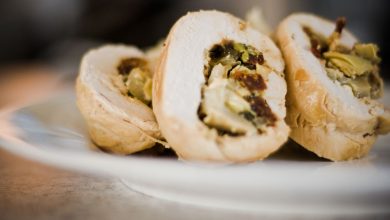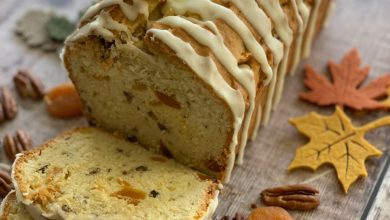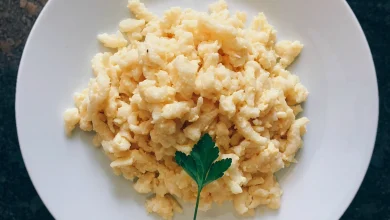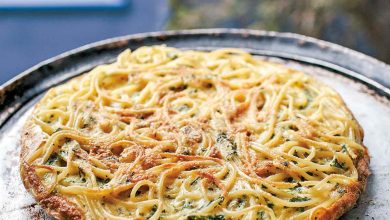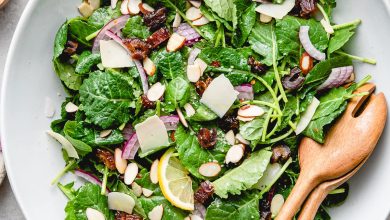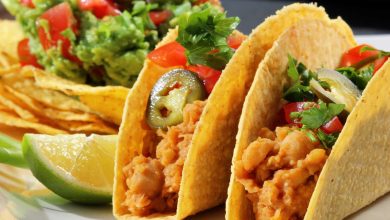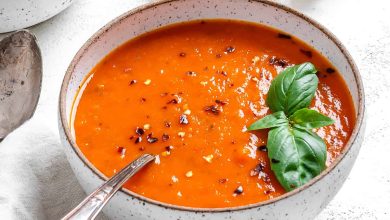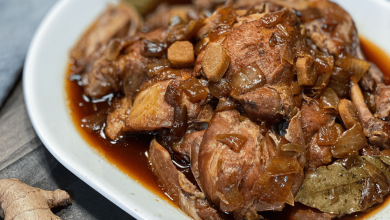Korma is a popular and flavorful Indian dish known for its rich and creamy sauce. It has a long history in Indian cuisine and has evolved over the centuries. Let’s explore its history, components, preparation steps, and the time required to make it.
History:
The history of Korma can be traced back to the Mughal era in India, around the 16th century. It was originally developed in the royal kitchens of the Mughal emperors. The word “Korma” is derived from the Turkish word “kavurma,” which means to braise. The Mughals brought this cooking technique to India, where it was adapted and refined.
Components:
Korma typically consists of the following components:
- Protein: Korma can be made with various proteins such as chicken, lamb, beef, or even vegetables for a vegetarian version.
- Aromatic Spices: Common spices used in Korma include cinnamon, cardamom, cloves, and bay leaves.
- Nuts: Almonds, cashews, or pistachios are often used to give the sauce its creamy and nutty flavor.
- Yogurt or Cream: To create the rich and creamy sauce, yogurt or heavy cream is used.
- Onions: Onions are sautéed until they are caramelized, adding sweetness and depth to the dish.
- Ginger and Garlic: These ingredients are used for their aromatic and flavorful qualities.
- Ghee or Oil: Ghee (clarified butter) or oil is used for cooking the spices and protein.
Steps to Prepare Korma:
Here’s a simplified version of the steps to prepare Korma:
- Marinate the Protein: If you’re using meat, marinate it in yogurt and spices for at least 30 minutes to tenderize and flavor it.
- Prepare the Sauce: In a pan, heat ghee or oil. Add the whole spices (cinnamon, cardamom, cloves, bay leaves) and sauté for a minute until fragrant.
- Sauté Onions: Add finely chopped onions and cook until they turn golden brown.
- Add Ginger and Garlic: Add minced ginger and garlic and sauté for a couple of minutes.
- Add the Protein: Add the marinated protein and cook until it’s browned on all sides.
- Add Ground Spices: Add ground spices like turmeric, coriander, cumin, and red chili powder. Stir well.
- Add Nuts and Cream: Add ground nuts (almonds, cashews, or pistachios) and cream or yogurt. Stir until everything is well combined.
- Simmer: Cover and simmer the dish on low heat until the protein is tender and the sauce thickens. This can take around 30-45 minutes.
Time Required:
The time needed to prepare Korma can vary depending on the type of protein used and the cooking method. On average, it takes about 1 to 1.5 hours to make a delicious Korma. This includes marination time, cooking, and simmering to develop the flavors. It’s a dish that requires patience, but the end result is a rich and aromatic masterpiece of Indian cuisine.
Remember that this is a general guideline, and specific recipes may have variations in ingredients and cooking times. Enjoy your journey into the world of Korma!
Certainly, here are some general nutrition facts and health information for Korma:
Nutrition Facts (Approximate, Per Serving):
- Calories: 300-400 kcal (varies based on protein and serving size)
- Protein: 15-20 grams (varies based on protein source)
- Carbohydrates: 10-15 grams
- Dietary Fiber: 2-4 grams
- Fat: 20-25 grams
- Saturated Fat: 6-8 grams
- Cholesterol: 40-60 mg (varies based on protein)
- Sodium: 600-800 mg (varies based on recipe)
- Potassium: 300-400 mg
- Vitamin A: 10-15% of daily recommended intake
- Vitamin C: 5-10% of daily recommended intake
- Calcium: 8-10% of daily recommended intake
- Iron: 10-15% of daily recommended intake
Health Information:
-
Protein Source: Korma can be made with lean proteins like chicken or turkey, which are excellent sources of high-quality protein. For a vegetarian version, it can include protein-rich ingredients like tofu or legumes.
-
Fats: The fats in Korma mainly come from nuts, cream, and cooking oil or ghee. While these fats add flavor and creaminess to the dish, it’s essential to consume them in moderation. Consider using low-fat yogurt or coconut milk as substitutes to reduce the saturated fat content.
-
Sodium: Korma recipes may contain moderate levels of sodium due to the use of various spices and salt. It’s advisable to control your salt intake, especially if you have hypertension or other sodium-sensitive health concerns.
-
Nutrients: Korma is rich in various essential nutrients like vitamins (A and C), minerals (potassium, calcium, and iron), and dietary fiber (from vegetables). These nutrients are vital for overall health and well-being.
-
Spices: Many of the spices used in Korma, such as turmeric and ginger, have potential health benefits. Turmeric, for example, contains curcumin, which has anti-inflammatory properties.
-
Vegetarian Option: If you opt for a vegetarian Korma, it can be a great source of plant-based protein and fiber. This can be a healthy choice for individuals looking to reduce their meat consumption.
-
Portion Control: Be mindful of portion sizes, as Korma can be calorie-dense. Enjoy it as part of a balanced meal with whole grains and vegetables to increase its nutritional value.
Remember that specific nutritional values can vary depending on the recipe and ingredients used. To make a healthier Korma, you can make ingredient substitutions, use lean proteins, and control the use of high-fat ingredients like cream and ghee.

